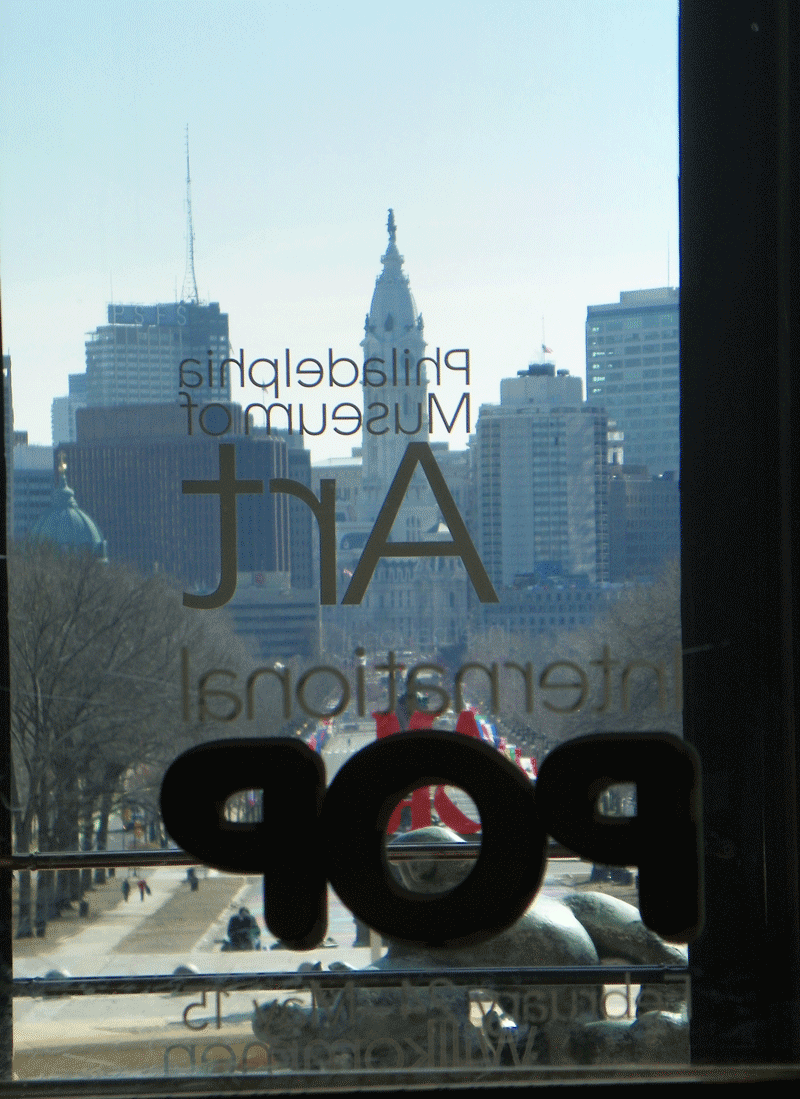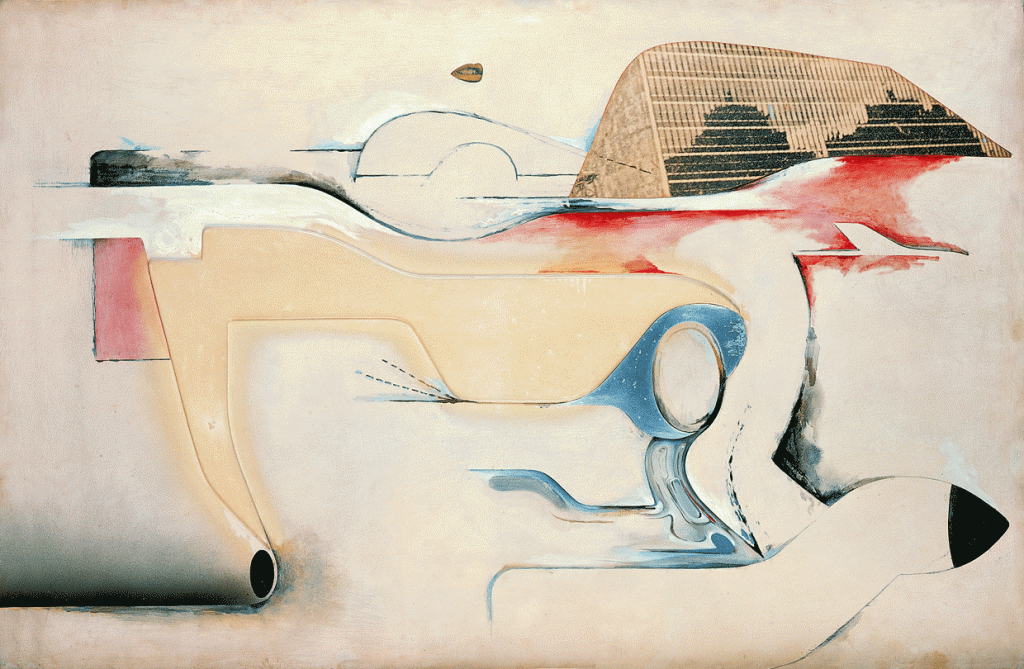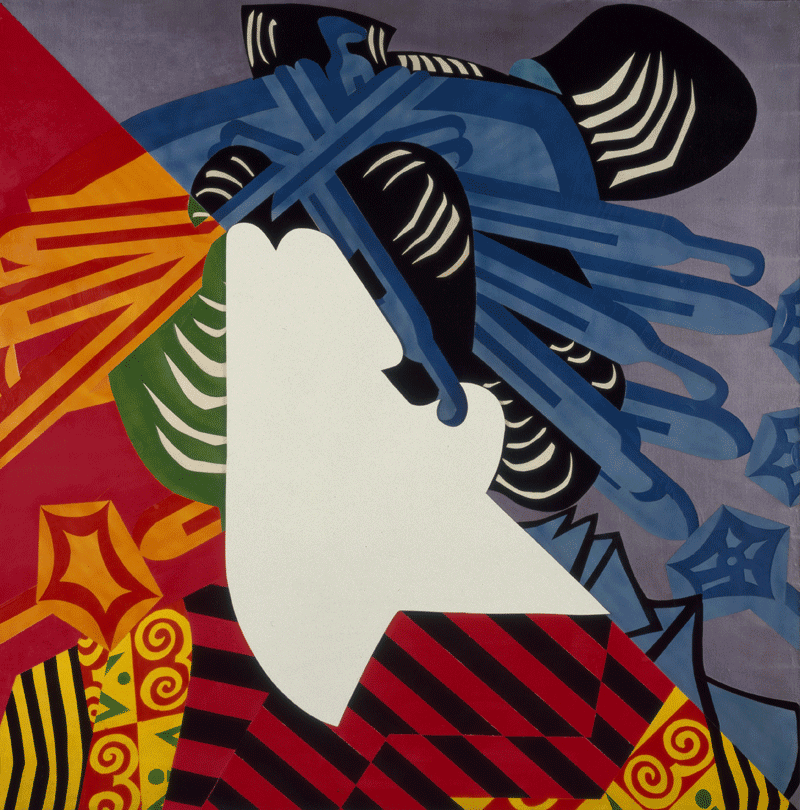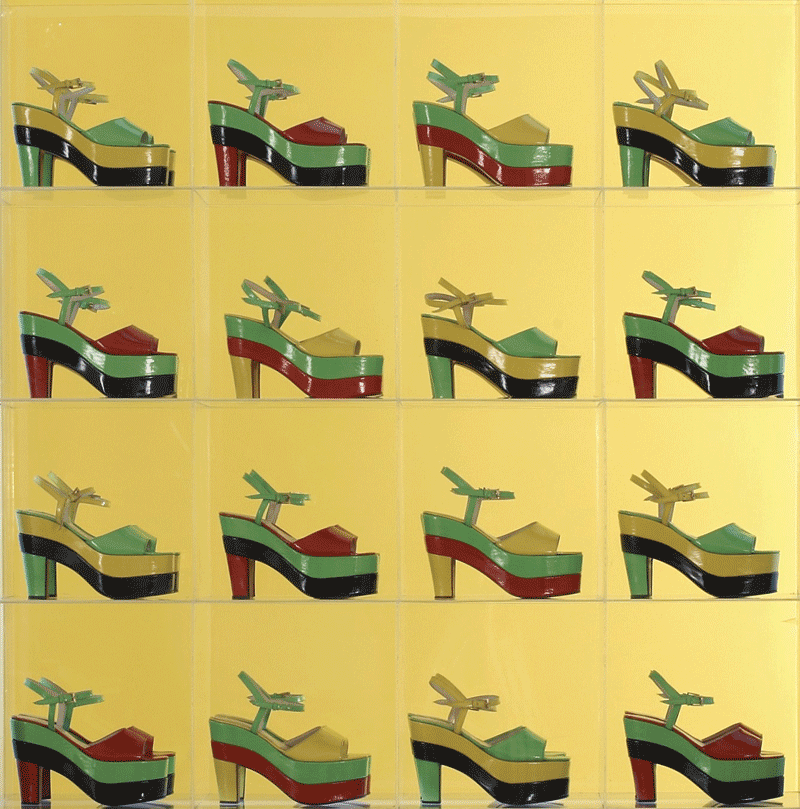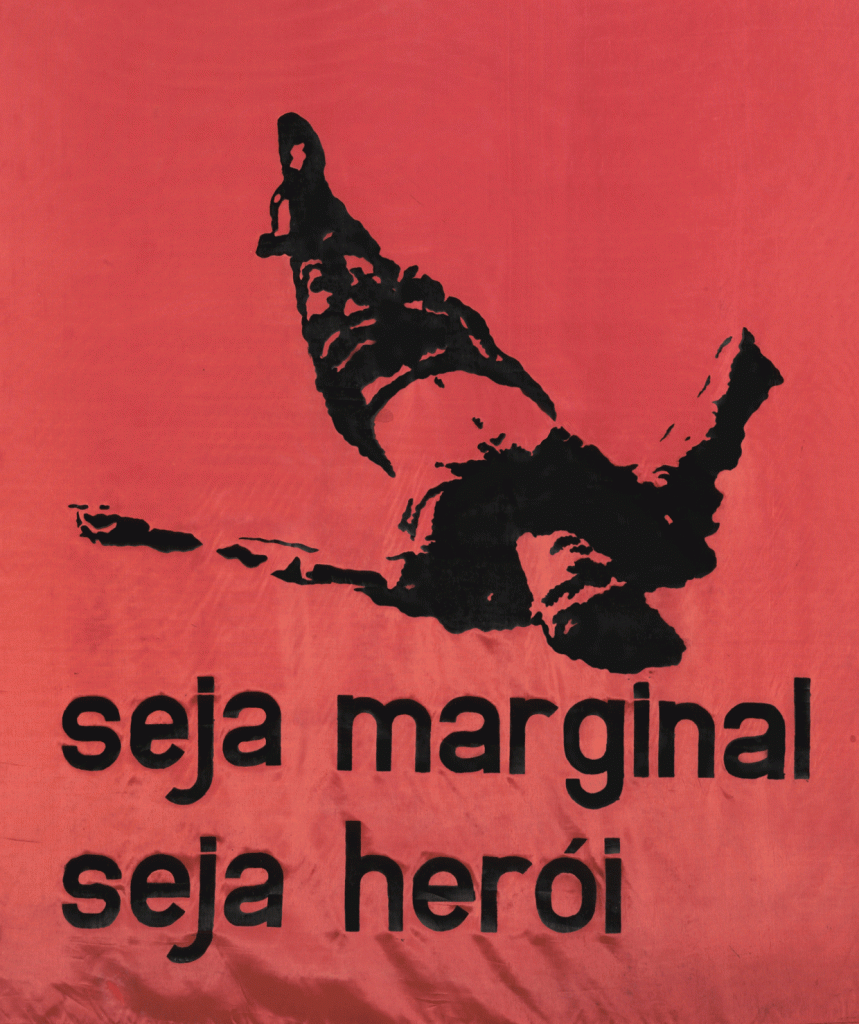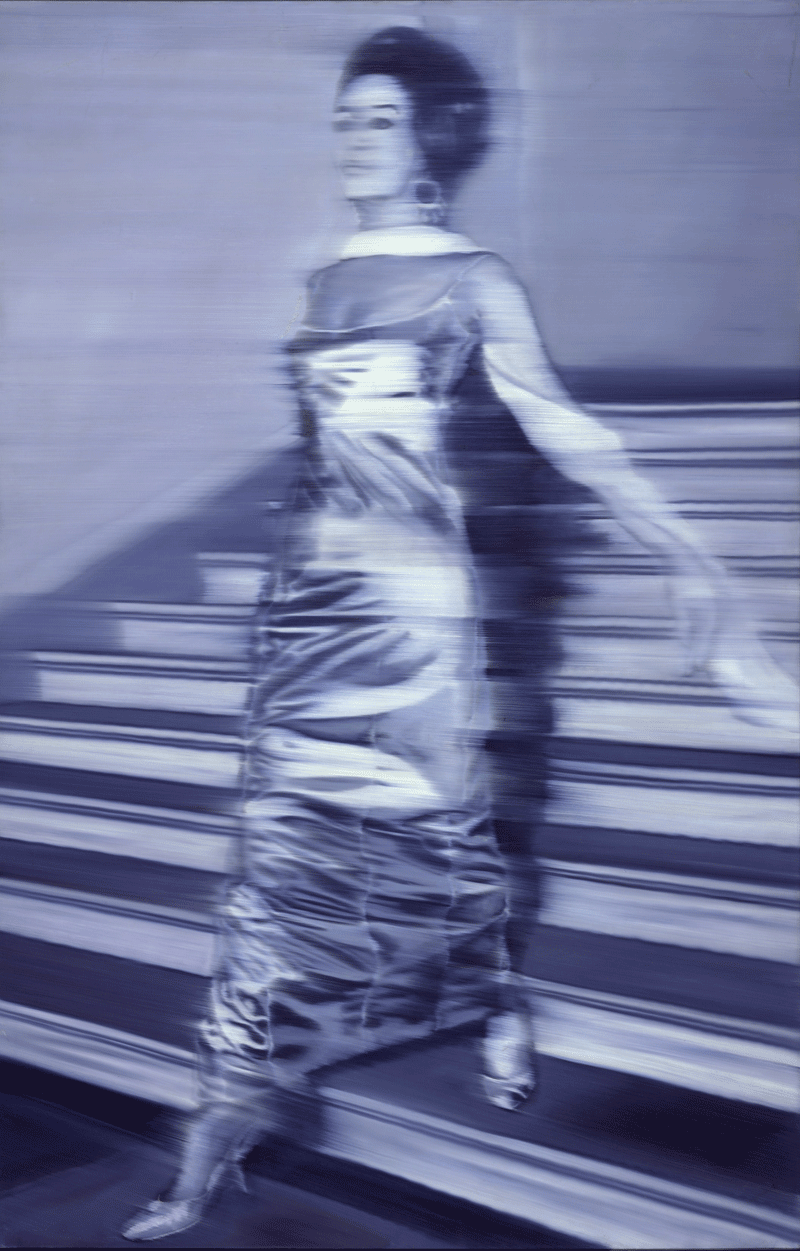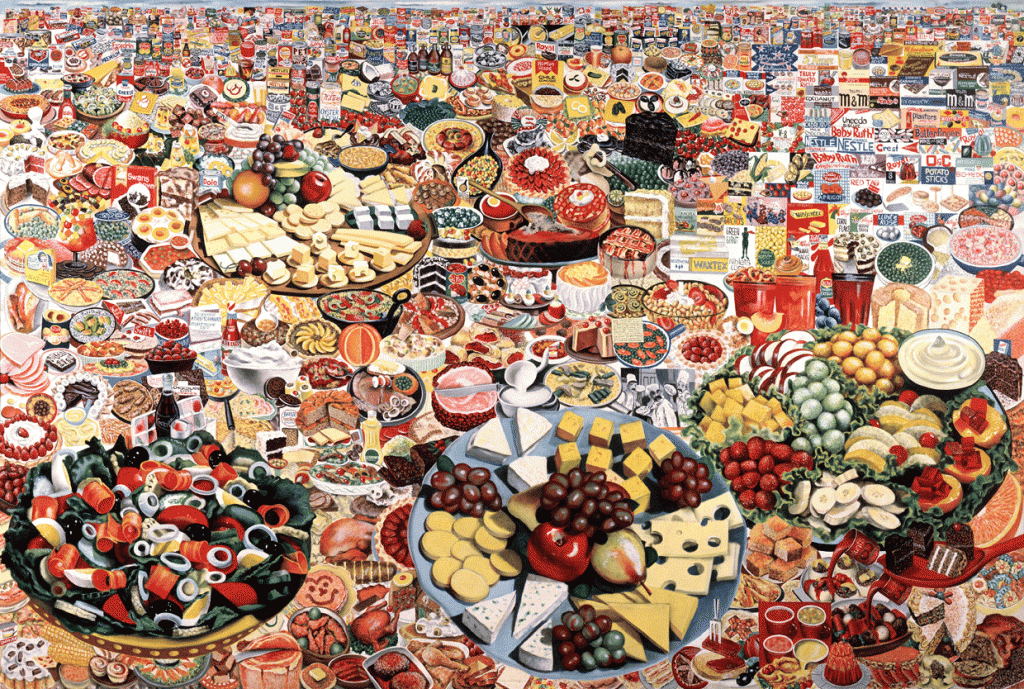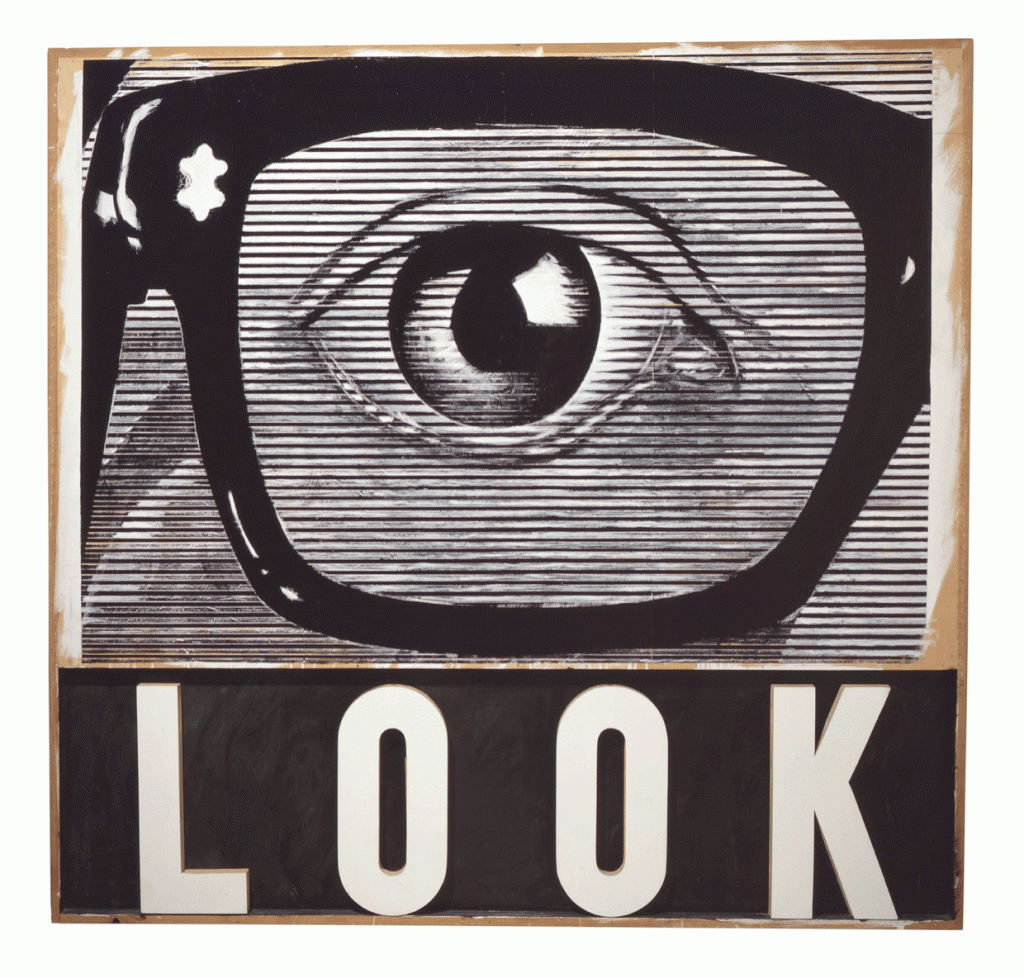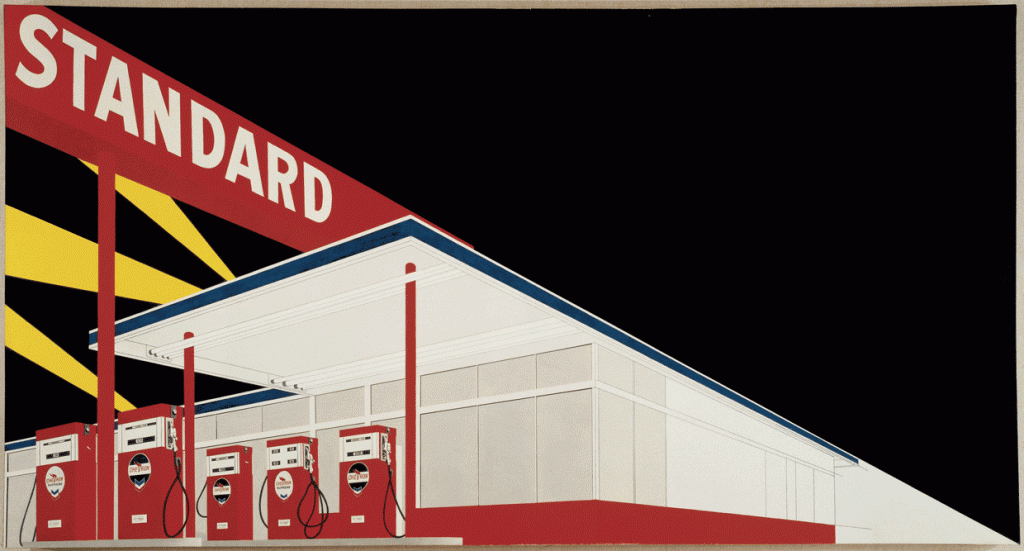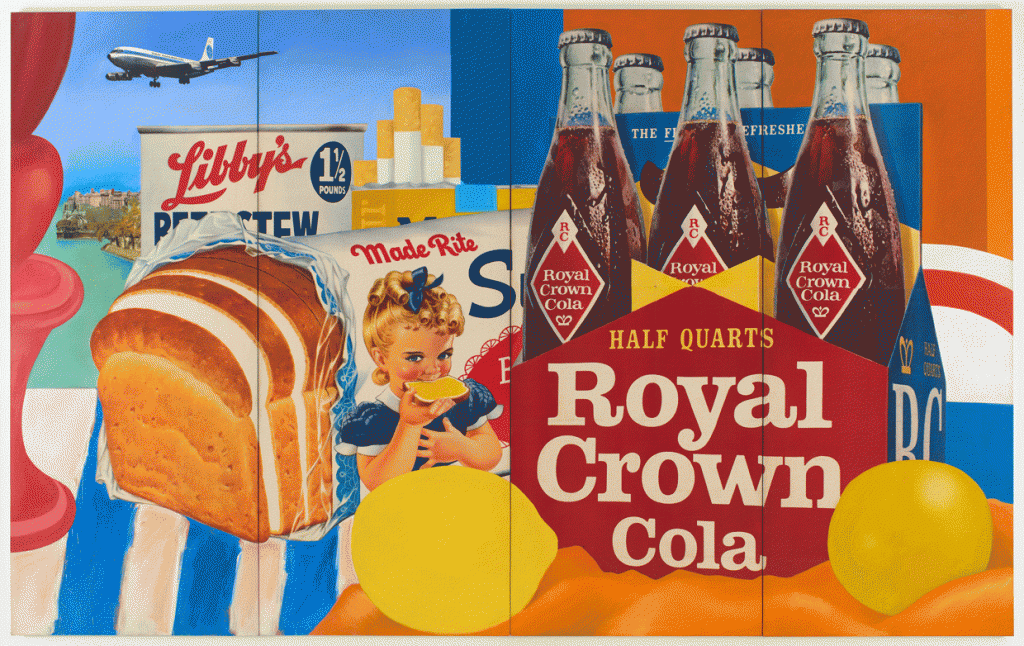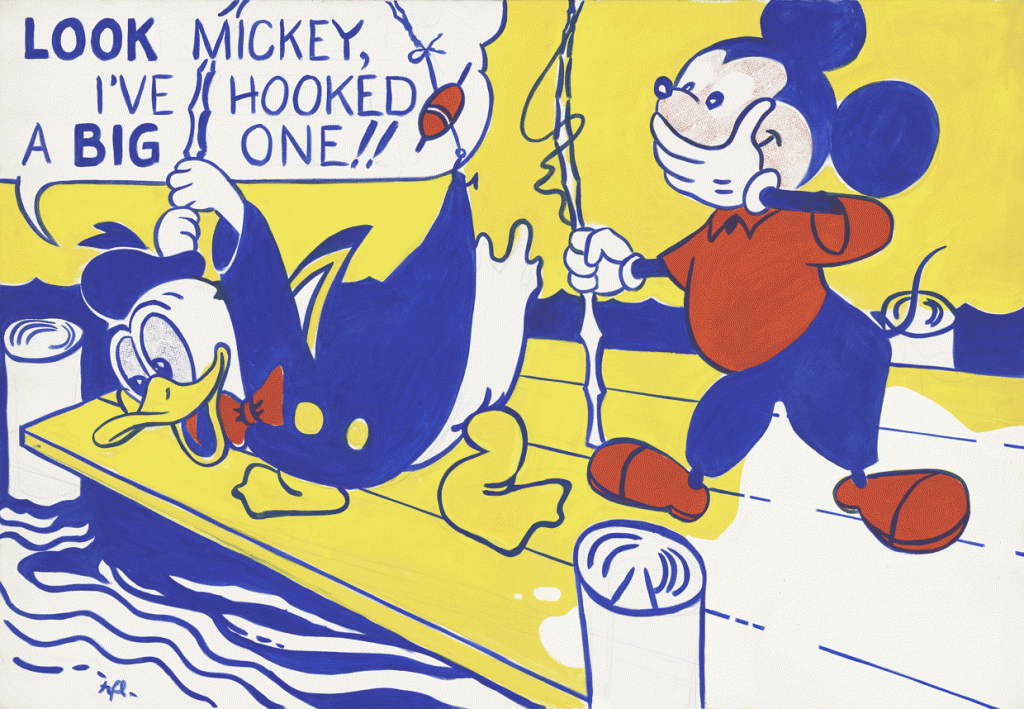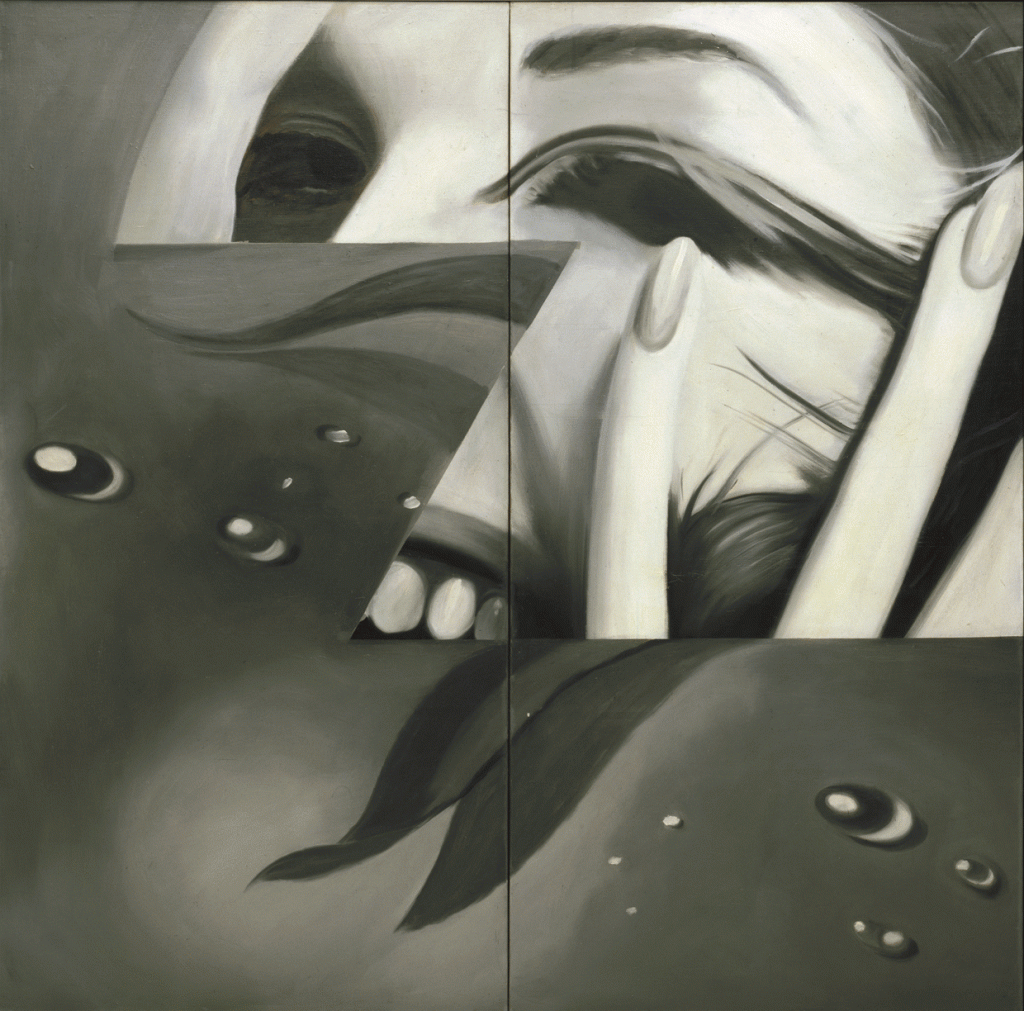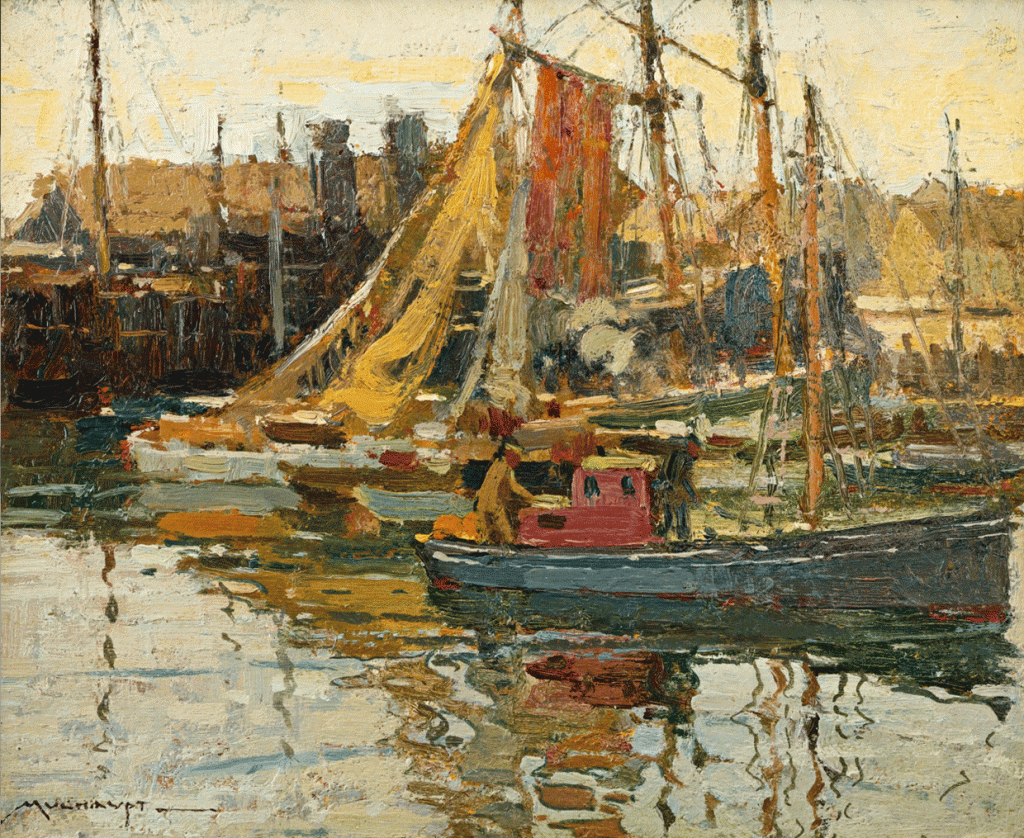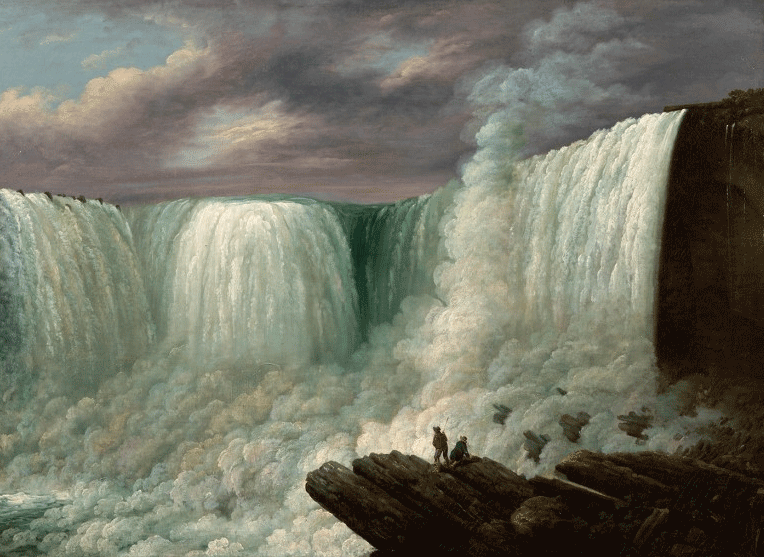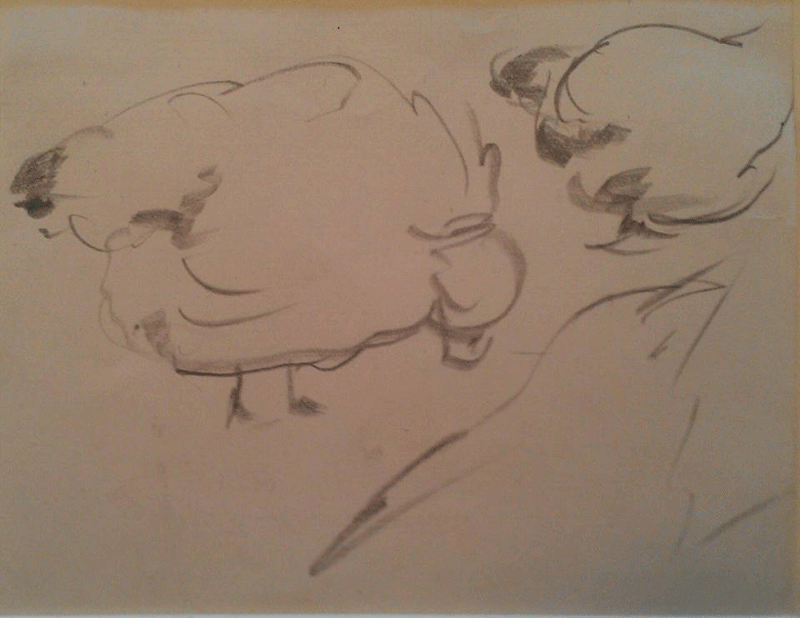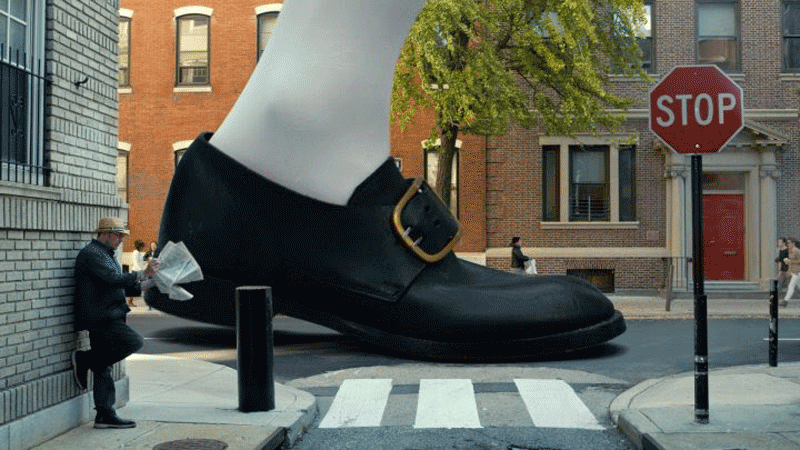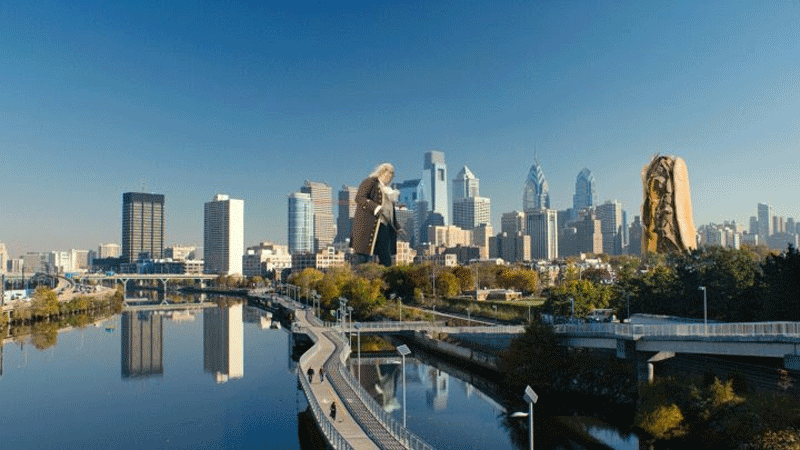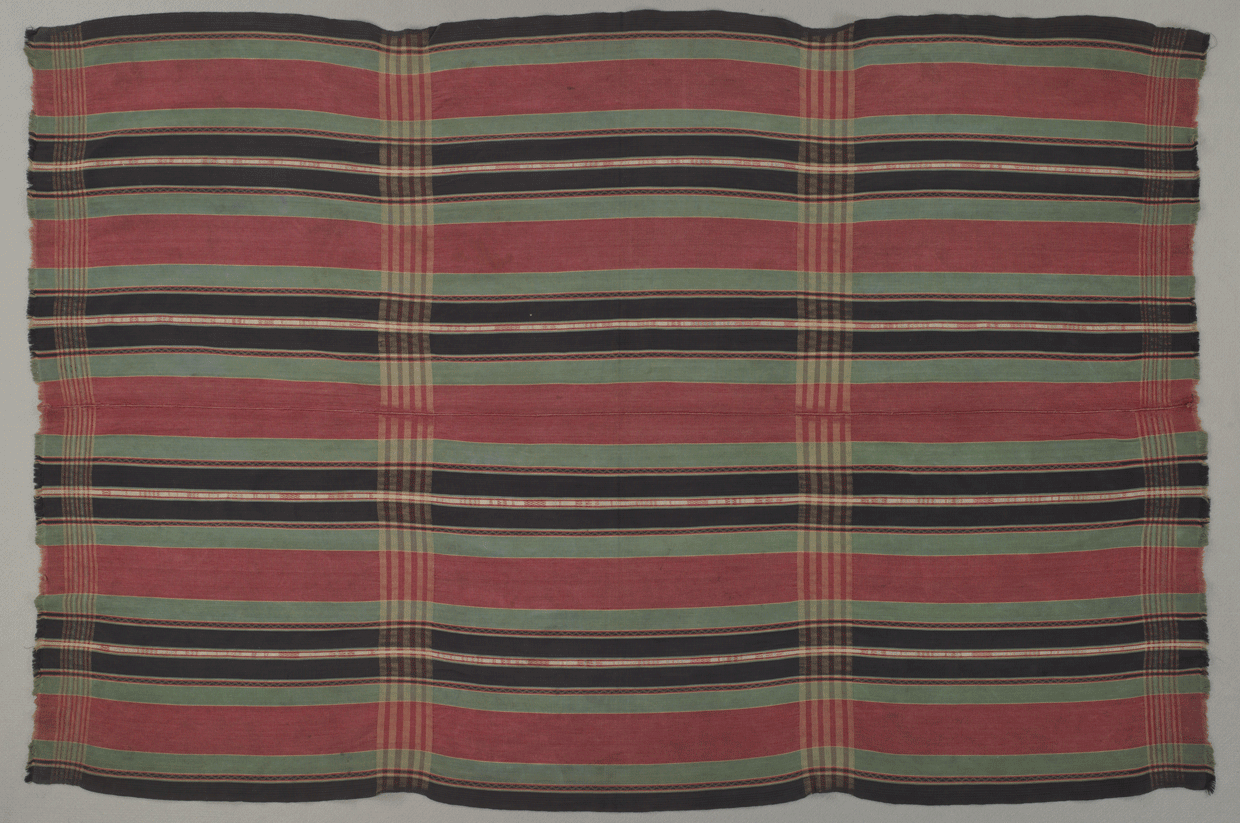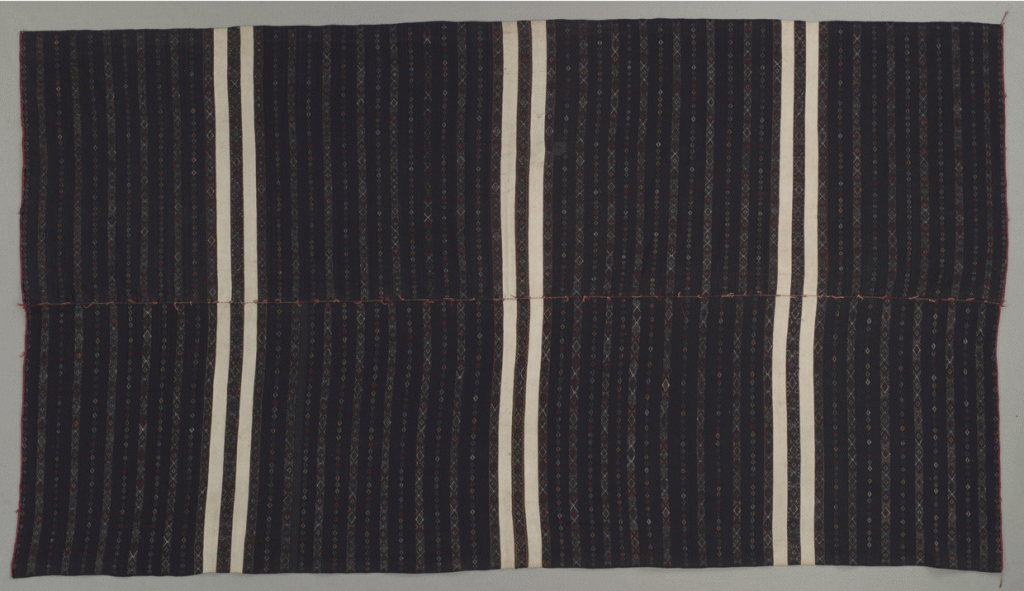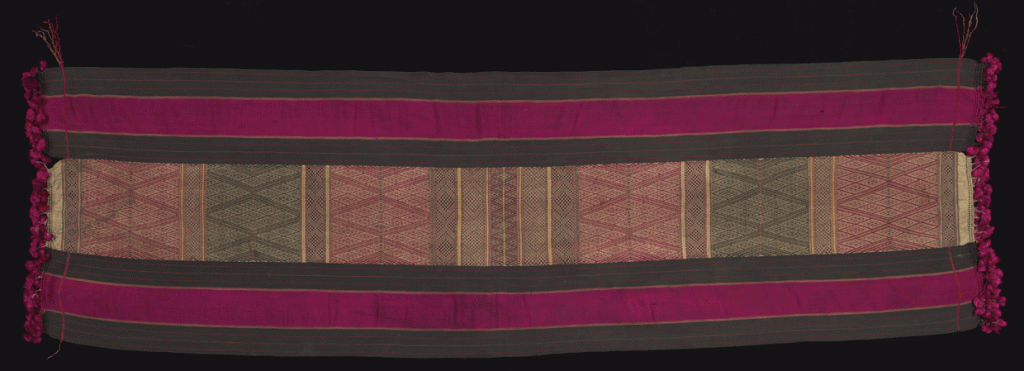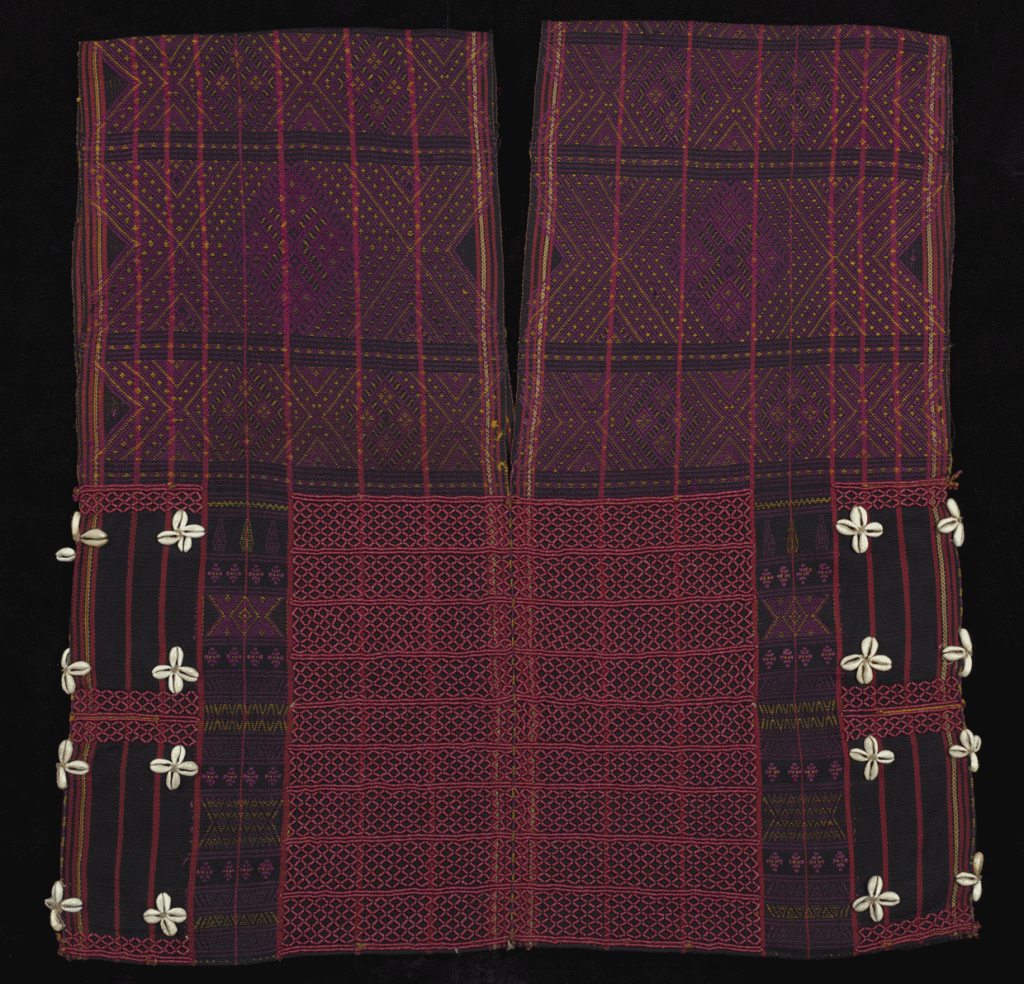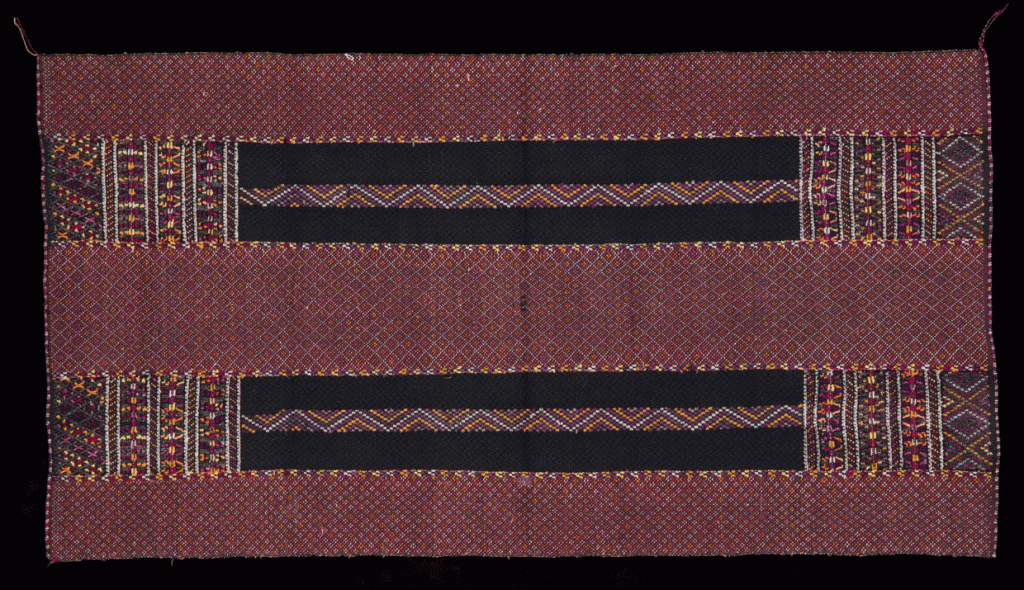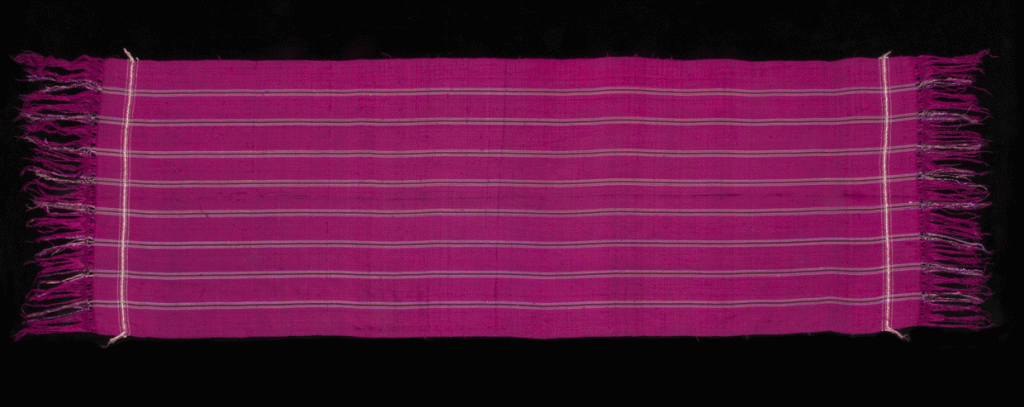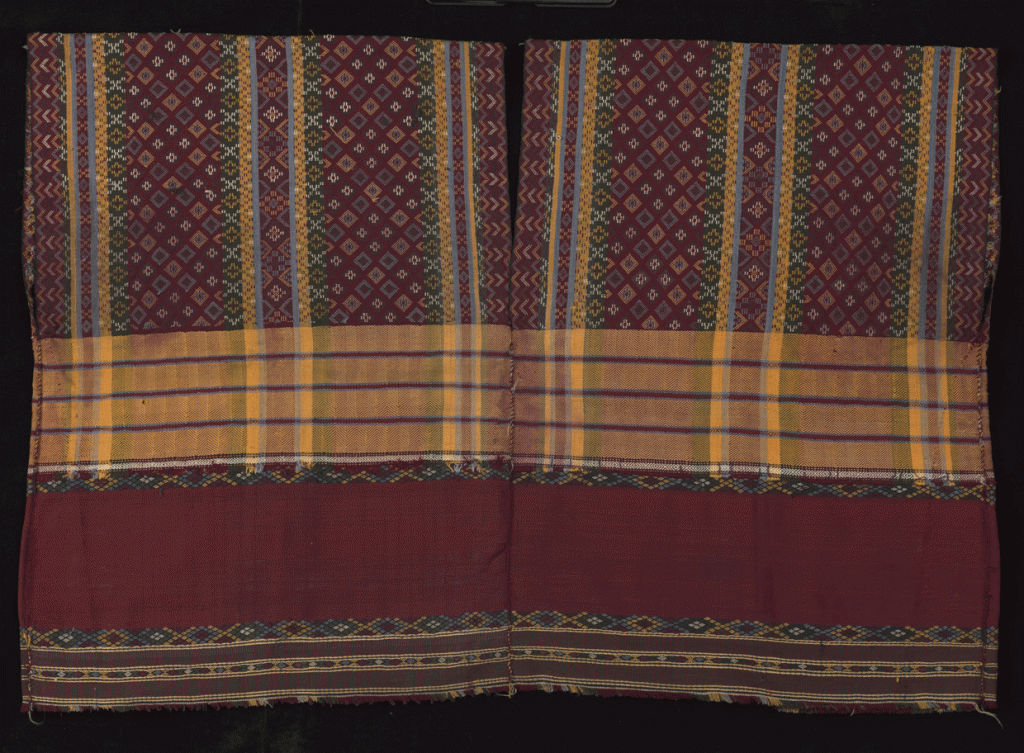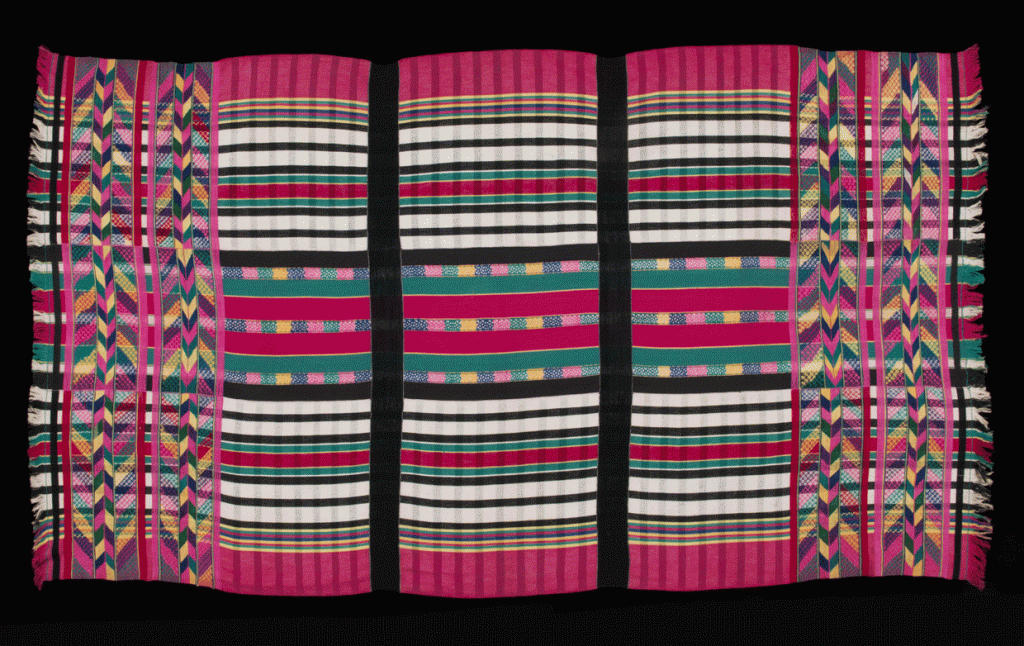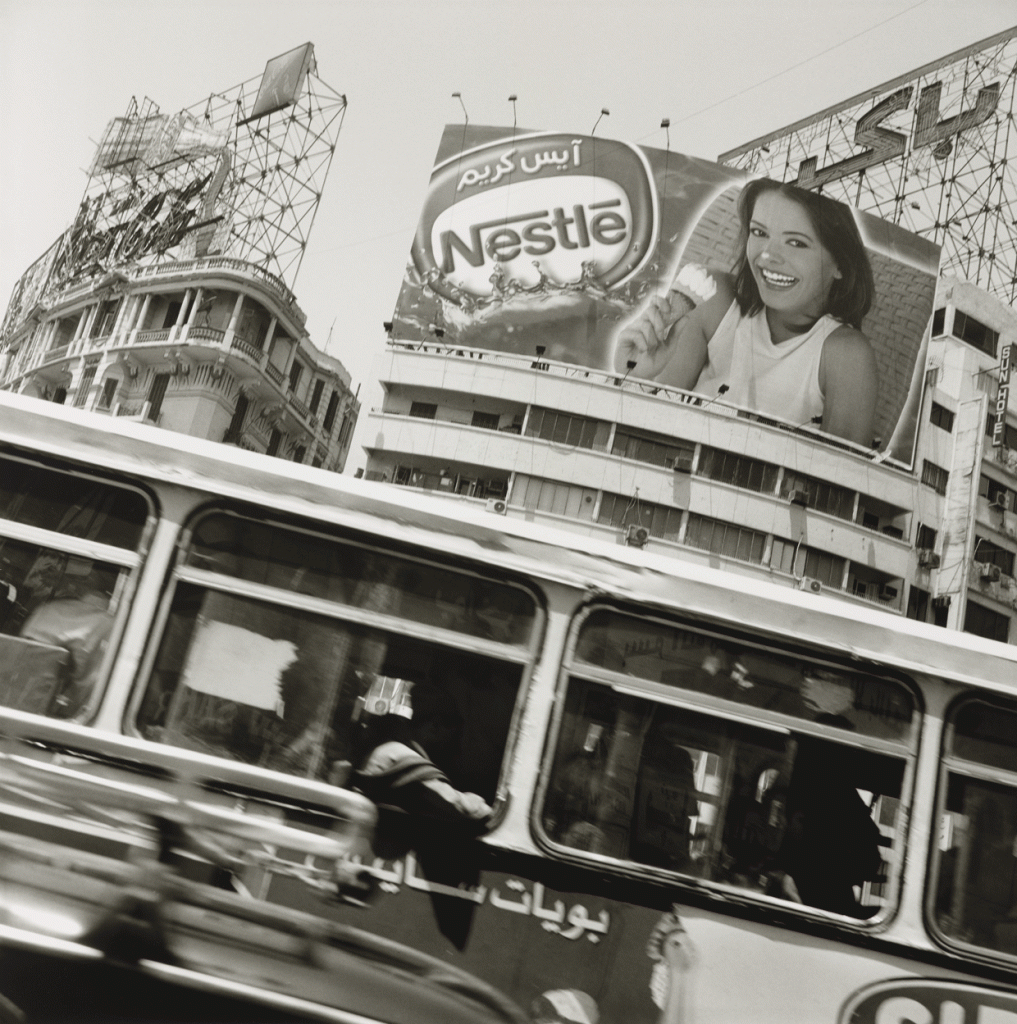 Untitled (Cairo, Egypt), 2002. Akinbode Akinbiyi, Nigerian (born England), born 1946. Gelatin silver print, approx: 20 1/16 × 24 inches (51 × 61 cm), Courtesy of the artist, © Akinbode, Akinbiyi.
Untitled (Cairo, Egypt), 2002. Akinbode Akinbiyi, Nigerian (born England), born 1946. Gelatin silver print, approx: 20 1/16 × 24 inches (51 × 61 cm), Courtesy of the artist, © Akinbode, Akinbiyi.
Creative Africa, Three Photographers/Six Cities
Through September 25, 2016
Ruth and Raymond G. Perelman Building
The Philadelphia Museum of Art is presenting an exhibition dedicated to several important photographers, little-known in the United States, who make African cities their subjects. Three Photographers/Six Cities takes an in-depth look at the work of artists Akinbode Akinbiyi (Nigerian, born in England), Seydou Camara (Malian), and Ananias Léki Dago (Ivorian). Each has produced powerful series of images that portray African places in the midst of change or on the cusp of it. While their approaches vary, they are united by their concern for documentation and an intense layering of the past and present within their works.
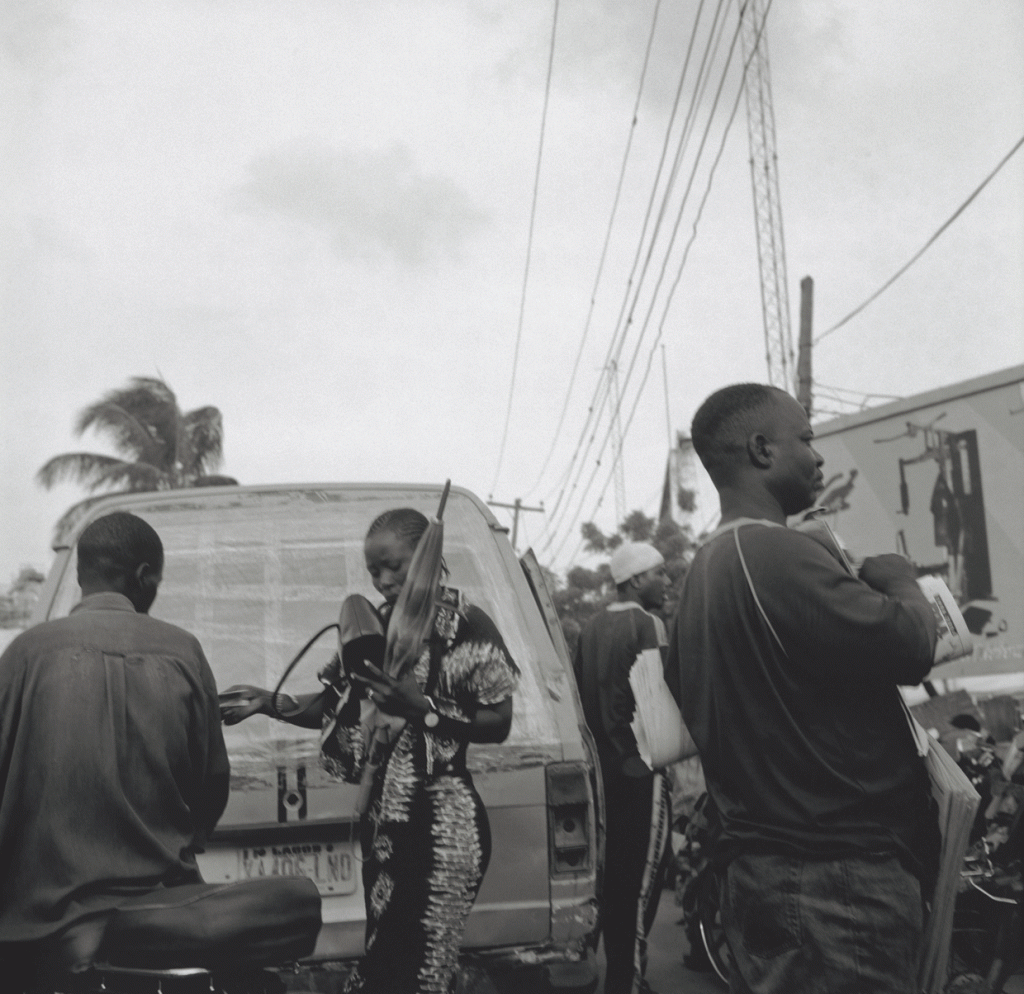 Untitled (Lagos, Nigeria), 2004. Akinbode Akinbiyi, Nigerian (born England), born 1946. Inkjet print, approx: 33 7/16 × 25 9/16 inches (85 × 65 cm), Courtesy of the artist, © Akinbode, Akinbiyi.
Untitled (Lagos, Nigeria), 2004. Akinbode Akinbiyi, Nigerian (born England), born 1946. Inkjet print, approx: 33 7/16 × 25 9/16 inches (85 × 65 cm), Courtesy of the artist, © Akinbode, Akinbiyi.
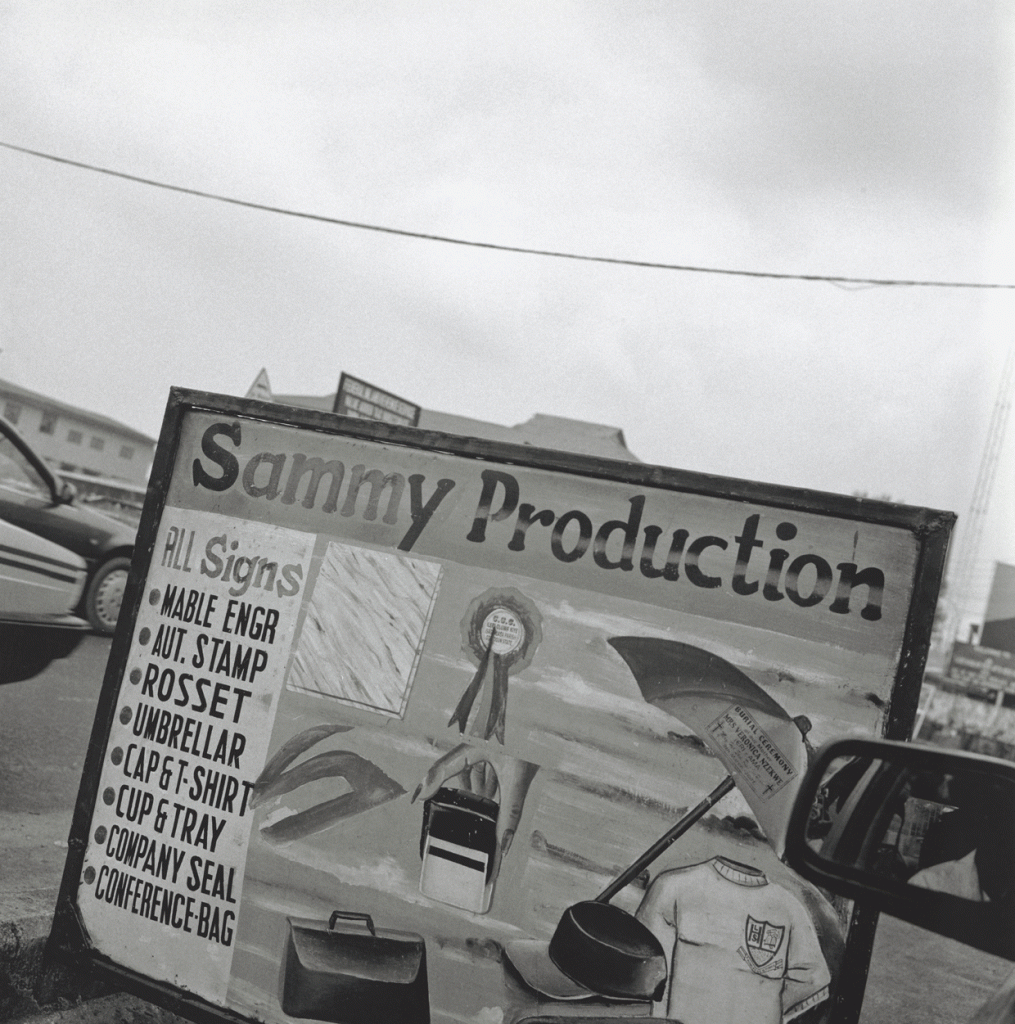 Untitled (Lagos, Nigeria), 2004. Akinbode Akinbiyi, Nigerian (born England), born 1946. Inkjet print, approx: 33 7/16 × 25 9/16 inches (85 × 65 cm), Courtesy of the artist, © Akinbode, Akinbiyi.
Untitled (Lagos, Nigeria), 2004. Akinbode Akinbiyi, Nigerian (born England), born 1946. Inkjet print, approx: 33 7/16 × 25 9/16 inches (85 × 65 cm), Courtesy of the artist, © Akinbode, Akinbiyi.
Peter Barberie, the Museum’s Brodsky Curator of Photographs, said: “I brought the work of these three together because as a group they compel us to think about African cities in intriguing ways, juxtaposing one period of time against another, documenting daily life in the context of sprawling growth and often with an acute awareness of potential loss or threat. I also wanted to show their art in sufficient depth, so that audiences could come to know their work. Each photographer is highly accomplished, and deserves to be better known in the United States.”
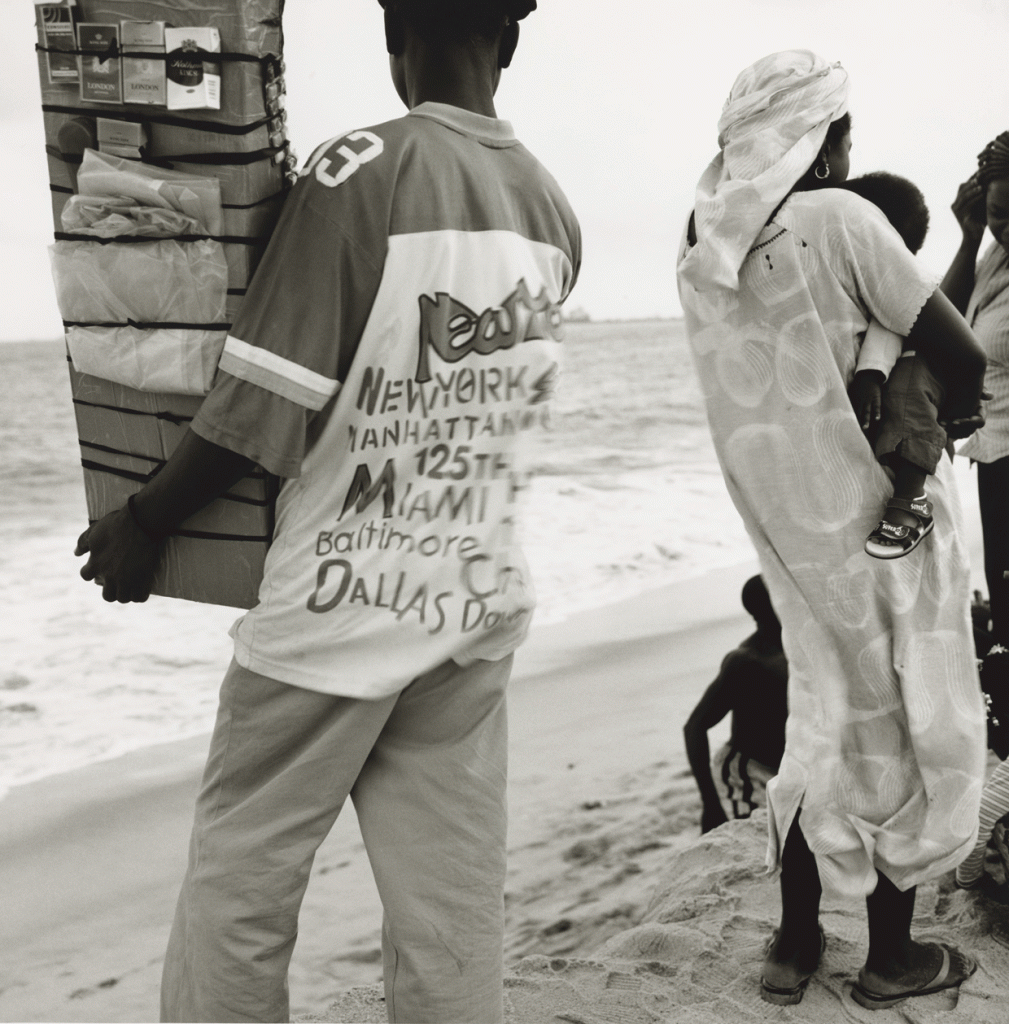 Untitled (Lagos, Nigeria), 2004. Akinbode Akinbiyi, Nigerian (born England), born 1946. Gelatin silver print, approx: 24 × 20 1/16 inches (61 × 51 cm), Courtesy of the artist, © Akinbode, Akinbiyi.
Untitled (Lagos, Nigeria), 2004. Akinbode Akinbiyi, Nigerian (born England), born 1946. Gelatin silver print, approx: 24 × 20 1/16 inches (61 × 51 cm), Courtesy of the artist, © Akinbode, Akinbiyi.
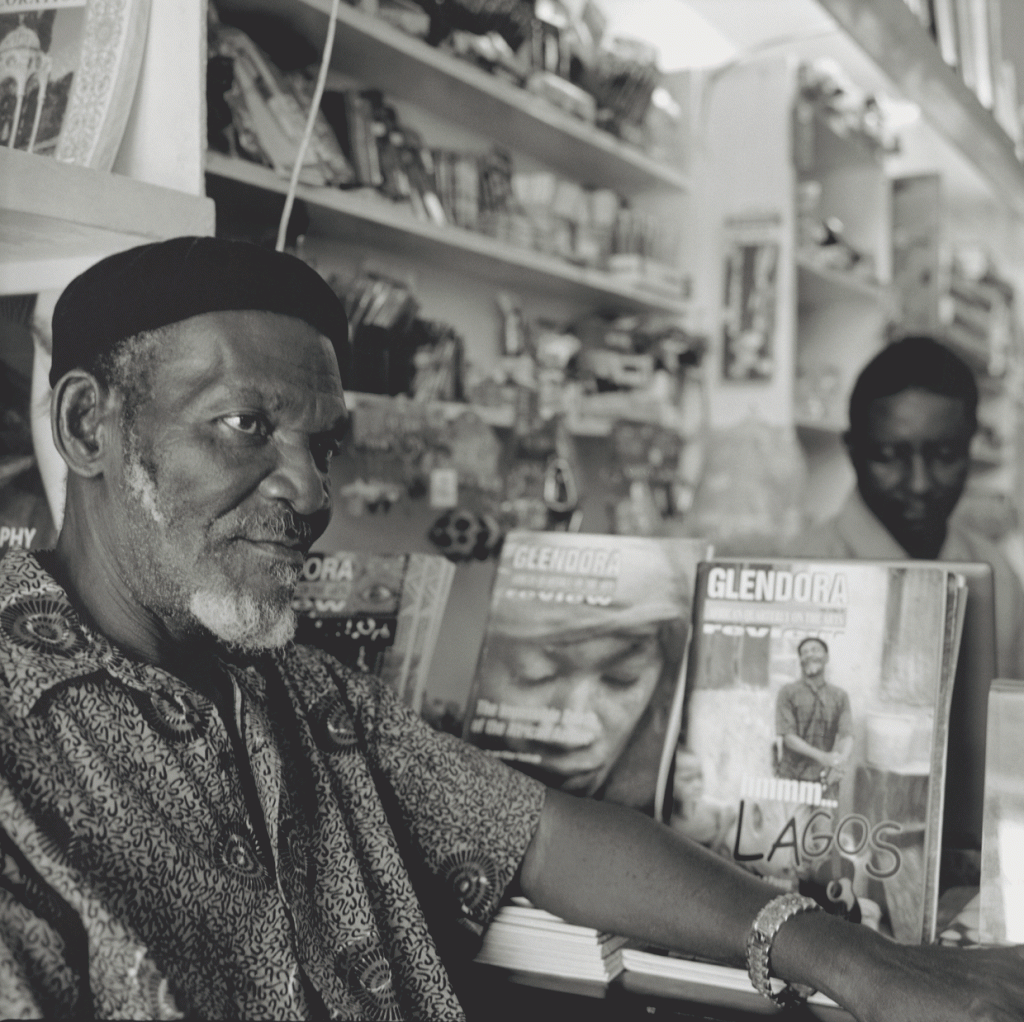 Untitled (Lagos, Nigeria), 2004. Akinbode Akinbiyi, Nigerian (born England), born 1946. Inkjet print, approx: 33 7/16 × 25 9/16 inches (85 × 65 cm), Courtesy of the artist, © Akinbode, Akinbiyi.
Untitled (Lagos, Nigeria), 2004. Akinbode Akinbiyi, Nigerian (born England), born 1946. Inkjet print, approx: 33 7/16 × 25 9/16 inches (85 × 65 cm), Courtesy of the artist, © Akinbode, Akinbiyi.
Akinbode Akinbiyi is a self-taught photographer who has traveled extensively in Africa, especially in its largest and fast-growing cities, often taking months or years to produce a single series. In the exhibition, he is represented by his black-and-white photographs of Egypt and Nigeria. The seven works from his Masr portfolio capture scenes of Cairo in orchestrated masses of light and dark and through interlocking open and congested spaces: the pyramids appearing through metal fencing against sun-blanched sand; a crowded bus hurtling past buildings bearing huge commercial billboards; a crowded museum in which visitors back up against a glass case, all but ignoring the ancient stone figure it contains. On an opposite wall is a gridded arrangement of 18 square photographs from Akinbiyi’s All Roads series. These scenes of Lagos juxtapose open and tight spaces as well, punctuated sometimes by the visual clutter of urban streets and the clamor of random signage: a wall plastered with posters declaring war against marital problems in Lagos, a jumble of cars and heaps of trash, and such scenes of beauty as five boys playing in the sand as foamy water washes onto a beach.
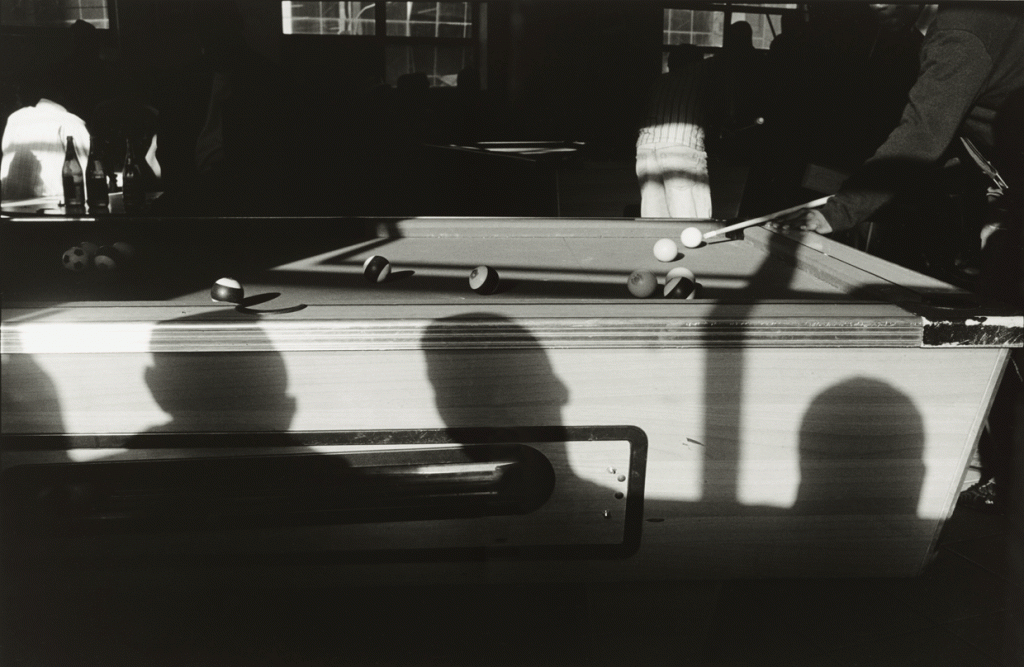 CBD, Johannesburg, from the series Shebeen Blues, 2007 (negative); 2015 (print). Ananias Léki Dago, Ivorian, born 1970. Gelatin silver print, approximate: 24 × 20 inches (61 × 50.8 cm), Courtesy of the artist, © Ananias Léki Dago.
CBD, Johannesburg, from the series Shebeen Blues, 2007 (negative); 2015 (print). Ananias Léki Dago, Ivorian, born 1970. Gelatin silver print, approximate: 24 × 20 inches (61 × 50.8 cm), Courtesy of the artist, © Ananias Léki Dago.
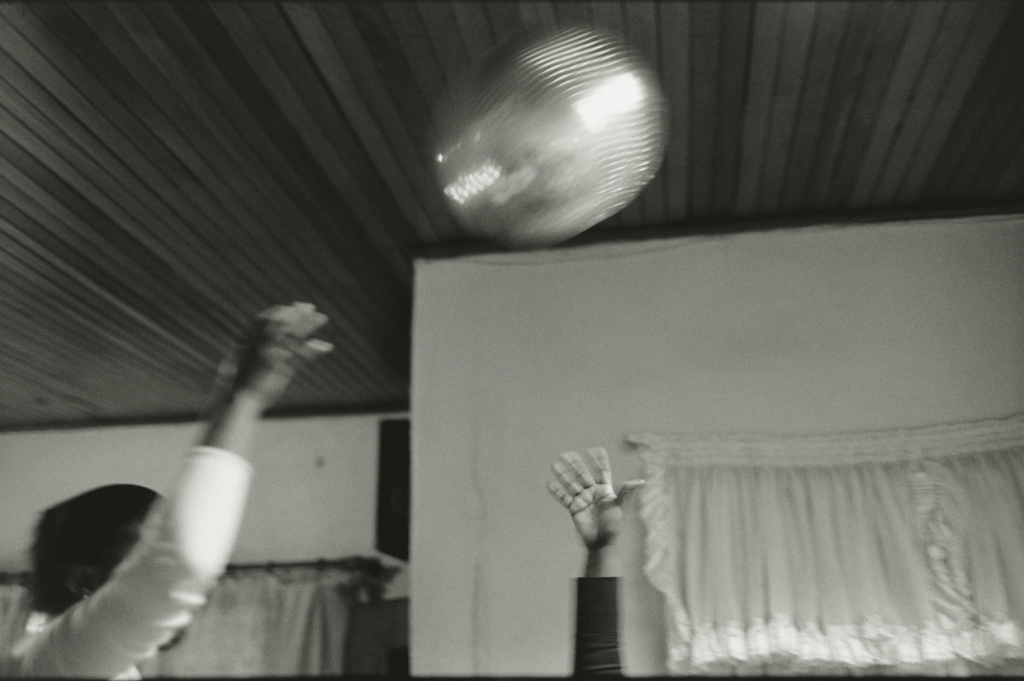 Orlando East, Soweto, from the series Shebeen Blues, 2007 (negative); 2015 (print). Ananias Léki Dago, Ivorian, born 1970. Gelatin silver print, approximate: 24 × 20 inches (61 × 50.8 cm), Courtesy of the artist, © Ananias Léki Dago.
Orlando East, Soweto, from the series Shebeen Blues, 2007 (negative); 2015 (print). Ananias Léki Dago, Ivorian, born 1970. Gelatin silver print, approximate: 24 × 20 inches (61 × 50.8 cm), Courtesy of the artist, © Ananias Léki Dago.
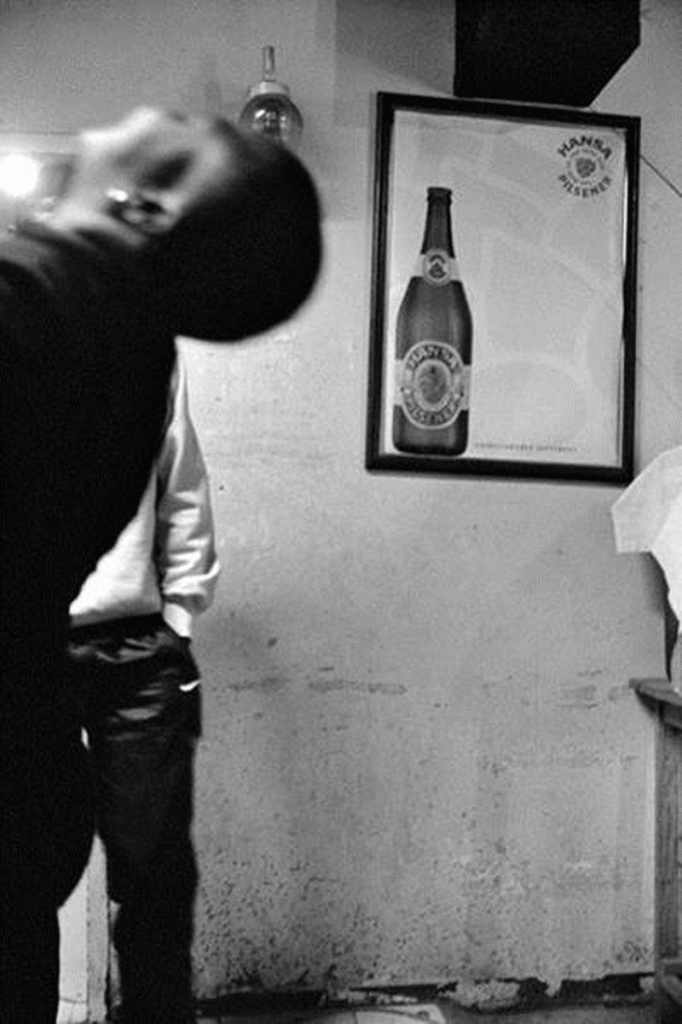 Orlando East, Soweto, from the series Shebeen Blues, 2007 (negative); 2015 (print). Ananias Léki Dago, Ivorian, born 1970. Gelatin silver print, approximate: 24 × 20 inches (61 × 50.8 cm), Courtesy of the artist, © Ananias Léki Dago.
Orlando East, Soweto, from the series Shebeen Blues, 2007 (negative); 2015 (print). Ananias Léki Dago, Ivorian, born 1970. Gelatin silver print, approximate: 24 × 20 inches (61 × 50.8 cm), Courtesy of the artist, © Ananias Léki Dago.
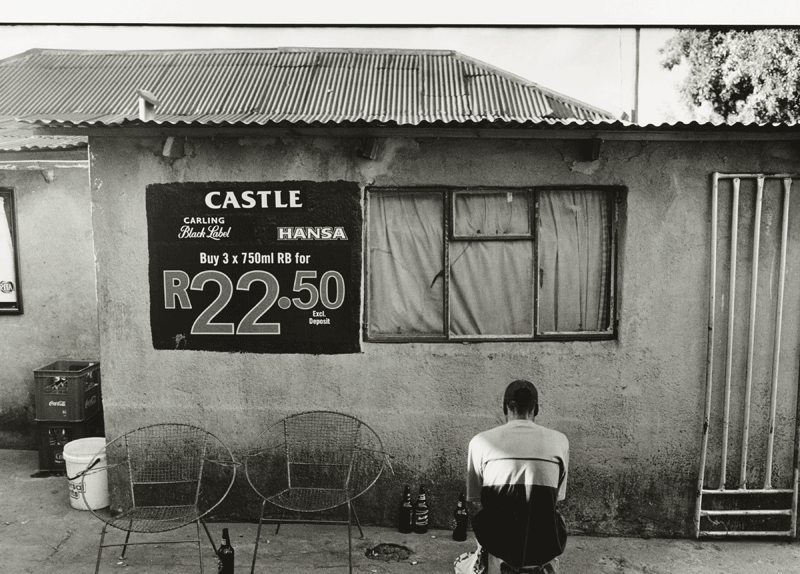 Alexandra Township, from the series Shebeen Blues, 2008 (negative); 2015 (print). Ananias Léki Dago, Ivorian, born 1970. Gelatin silver print, approximate: 24 × 20 inches (61 × 50.8 cm), Courtesy of the artist, © Ananias Léki Dago.
Alexandra Township, from the series Shebeen Blues, 2008 (negative); 2015 (print). Ananias Léki Dago, Ivorian, born 1970. Gelatin silver print, approximate: 24 × 20 inches (61 × 50.8 cm), Courtesy of the artist, © Ananias Léki Dago.
Ananias Léki Dago, also a street photographer working with black-and-white film, is represented by works he took in Mali, Kenya, and South Africa. Included are prints from his Bamako Crosses series that hone in on wheelbarrow handles, a cruciform shape that he transforms into an urban street motif, seen even in a chance reflection in a puddle. Works from his Mabati series, devoted to images of Nairobi, focus on the distinctive corrugated metal used in buildings all over that city. They convey a play of textures and patterns in which the human presence is often elliptical or seen partially, framed within windows or masses of light and dark. Also included are four works from a series inspired by shebeens, underground bars that were illegal during apartheid years, which became sites for activist gatherings, and formed the subject of a book by the artist. Called Shebeen Blues, the series evokes elements of life in the former segregated townships, such as Soweto, that now make up a part of Johannesburg.
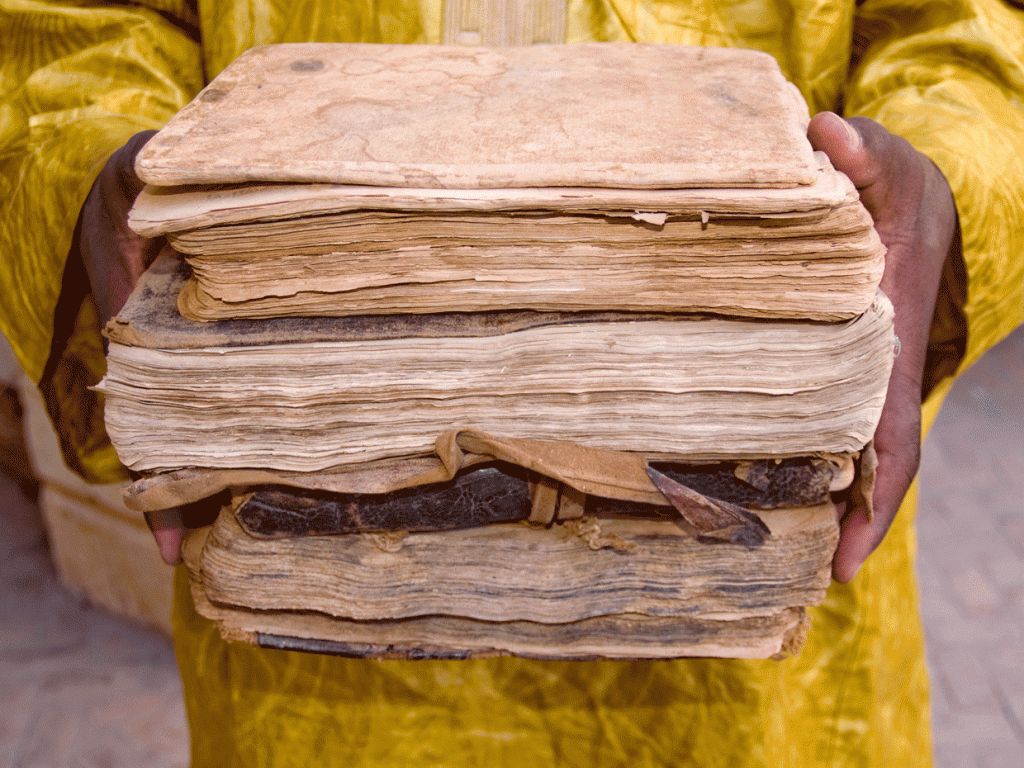 Untitled, 2009. Seydou Camara, Malian, born 1983. Inkjet print, Image: 13 5/8 × 18 1/8 inches (34.6 × 46 cm)
Untitled, 2009. Seydou Camara, Malian, born 1983. Inkjet print, Image: 13 5/8 × 18 1/8 inches (34.6 × 46 cm)
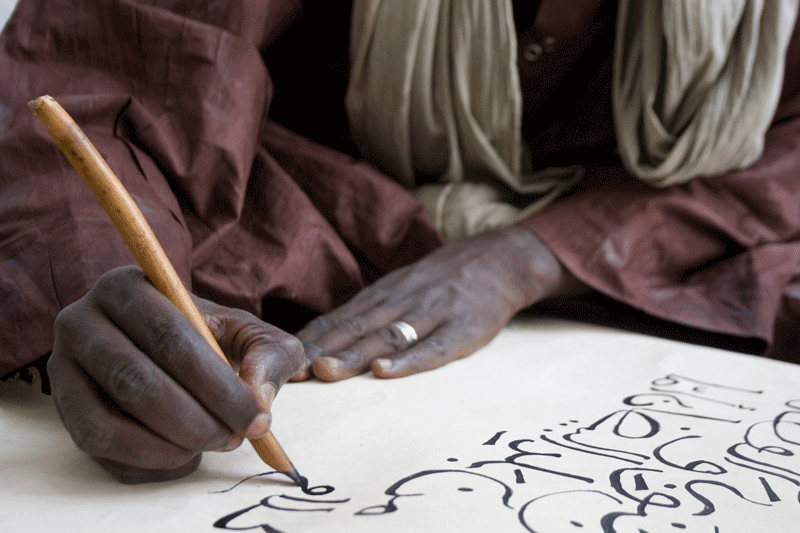 Untitled, 2013. Seydou Camara, Malian, born 1983. Inkjet print, Image: 13 5/16 × 20 inches (33.8 × 50.8 cm)
Untitled, 2013. Seydou Camara, Malian, born 1983. Inkjet print, Image: 13 5/16 × 20 inches (33.8 × 50.8 cm)
Seydou Camara, who turned his attention to photography after earning a law degree in 2007, is represented by eleven digital color inkjet prints from his Manuscripts of Tombouctou series. These works reflect his devotion to preserving the centuries-old, treasured writings that face potential destruction in a land riven by rebel groups. The most documentary in spirit of the three artists, Camara conveys the fragility of these volumes and the beauty of their cursive script in all their rich color and mottled tones. Rather than focusing on more conventional markers of urbanization, such as a densely built environment or a concentration of commercial activities, they evoke other characteristics that are essential to Tombouctou’s identity, namely the city’s age and its continuing role as a center of Islamic scholarship. His series records not only texts, but efforts to conserve and transcribe them, and mixes those pictures with views of mosques, whose mud walls provide slivers of shade for people seeking relief from the sun.
Curator: Peter Barberie, The Brodsky Curator of Photographs, Alfred Stieglitz Center
Three Photographers/Six Cities is one of five Creative Africa exhibitions in the Perelman Building this season. The accompanying programs feature a broad spectrum of the arts from across the African continent. The exhibitions feature historical works of art as well as contemporary fashion, photography, design, and architecture. Each calls attention to the continuities and differences between African art forms over the centuries.
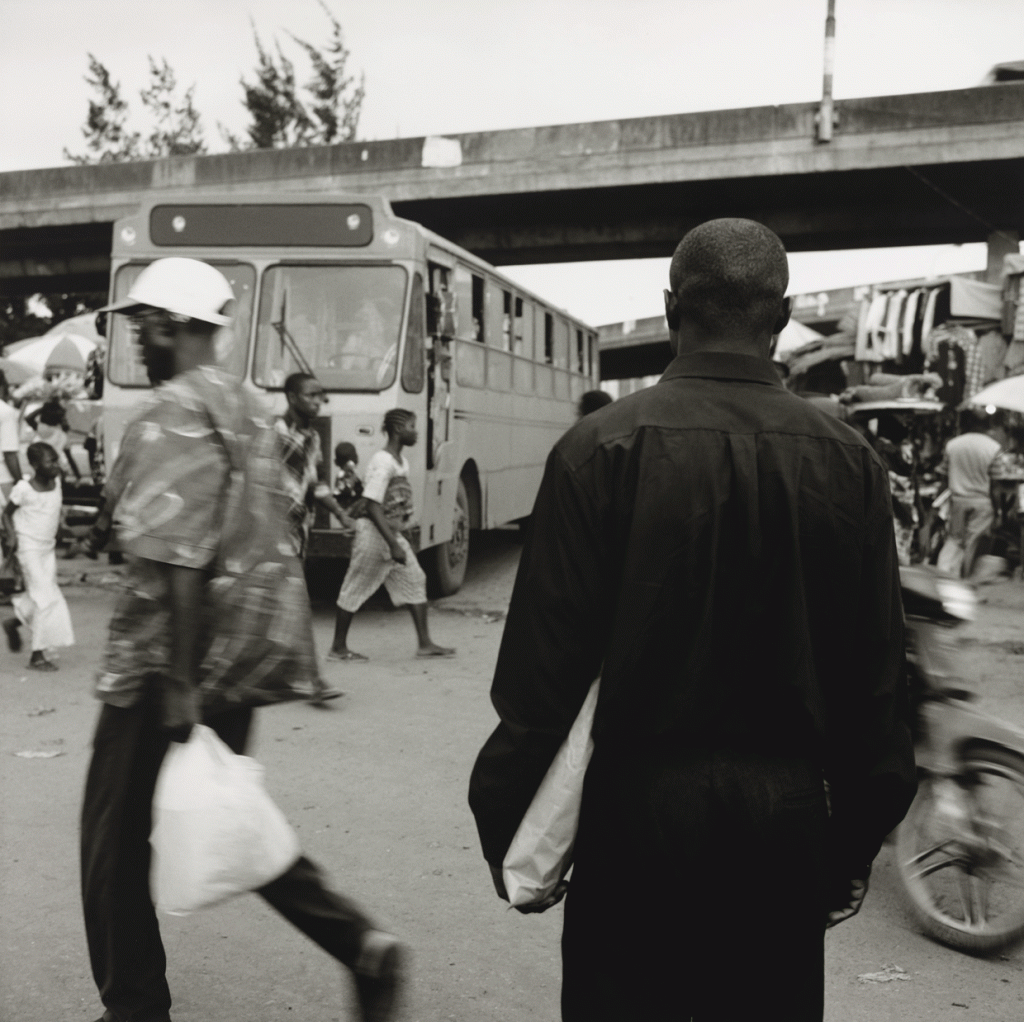 Untitled (Lagos, Nigeria), 2004. Akinbode Akinbiyi, Nigerian (born England), born 1946. Gelatin silver print, approx: 24 × 20 1/16 inches (61 × 51 cm), Courtesy of the artist, © Akinbode, Akinbiyi
Untitled (Lagos, Nigeria), 2004. Akinbode Akinbiyi, Nigerian (born England), born 1946. Gelatin silver print, approx: 24 × 20 1/16 inches (61 × 51 cm), Courtesy of the artist, © Akinbode, Akinbiyi
Related exhibitions are:
Look Again: Contemporary Perspectives on African Art, a major exhibition drawn from the collection of the Penn Museum (May 14–December 4)
Vlisco: African Fashion on a Global Stage, exploring the celebrated company’s most enduring designs, examines the process of creating a new textile and showcases a selection of contemporary fashions by African and European makers as well as Vlisco’s in-house design team (April 30, 2016–January 22, 2017)
The Architecture of Francis Kéré: Building for Community, featuring a site-specific, immersive environment designed by this world-renowned architect from Burkina Faso (May 14–September 25)
Threads of Tradition, focusing on the traditional patterns in West and Central African textiles and the techniques used to create them, including strip weaving, resist dyeing, piecing, appliqué, and embroidery (April 30, 2016–January 2017)
Related events range from school programs and artists’ residencies to Art After 5 live performances and the Museum’s summer-long Art Splash family festival, which runs from
July 1 through September 5
Social Media
Follow us and join the conversation.
Twitter/Facebook/Instagram/Tumblr/YouTube @philamuseum
#creativeafrica
The Philadelphia Museum of Art is Philadelphia’s art museum. A place that welcomes everyone. A world-renowned collection. A landmark building. We bring the arts to life, inspiring visitors—through scholarly study and creative play—to discover the spirit of imagination that lies in everyone. We connect people with the arts in rich and varied ways, making the experience of the Museum surprising, lively, and always memorable. We are committed to inviting visitors to see the world—and themselves—anew through the beauty and expressive power of the arts.
Thank you to The Philadelphia Museum of Art for the content of this post.
SEO and Photoshop by DoN.
Like DoNArTNeWs Philadelphia Art News Blog on facebook
Follow the new DoNArTNeWs.com
Follow DoN on Twitter @DoNNieBeat58
DoNArTNeWs on Tumblr
@donniebeat on Instagram
Affiliate Marketing [disclosure page] Shop on-line and help support DoNArTNeWs
Donate via safe and secure PayPal in the sidebar.

